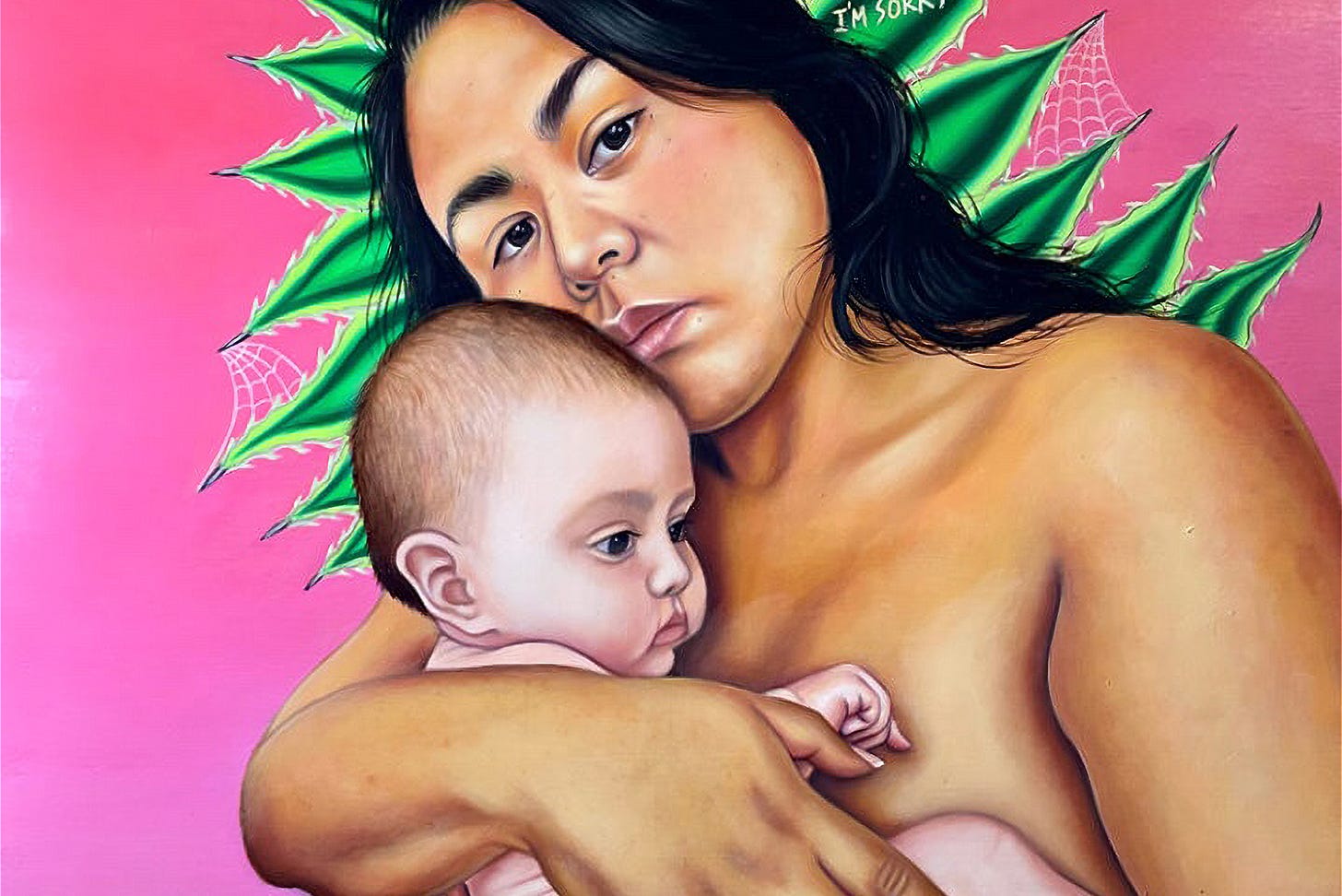Dreams on Hold
How a SNAP Delay Ripples Through One South Texas Household

Josie Del Castillo is a figurative painter whose work reflects the multilayered experiences of growing up Mexican American in the border city of Brownsville, Texas. Her paintings draw deeply from the everyday realities…


